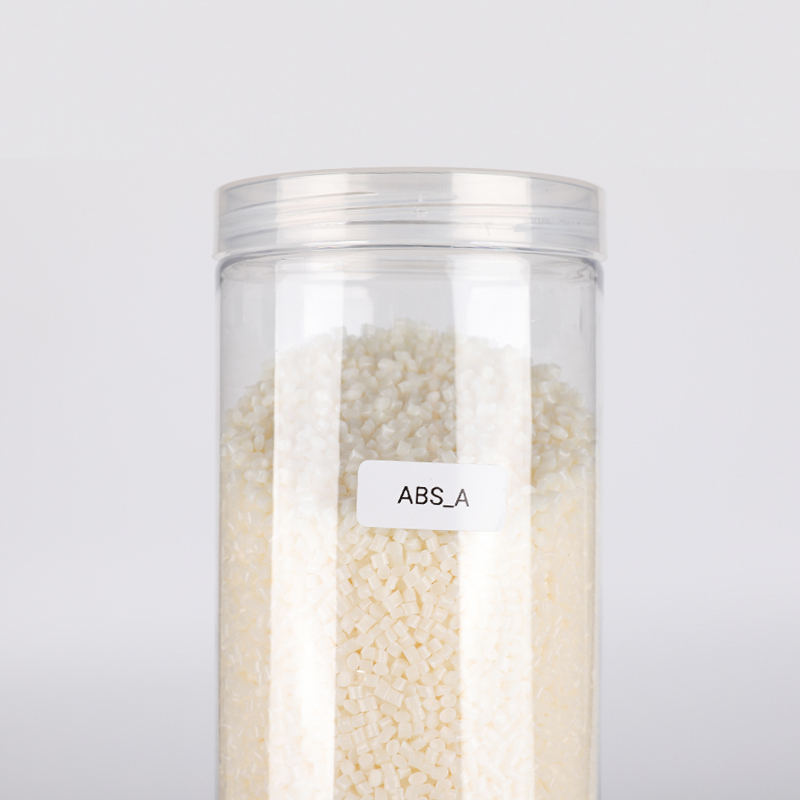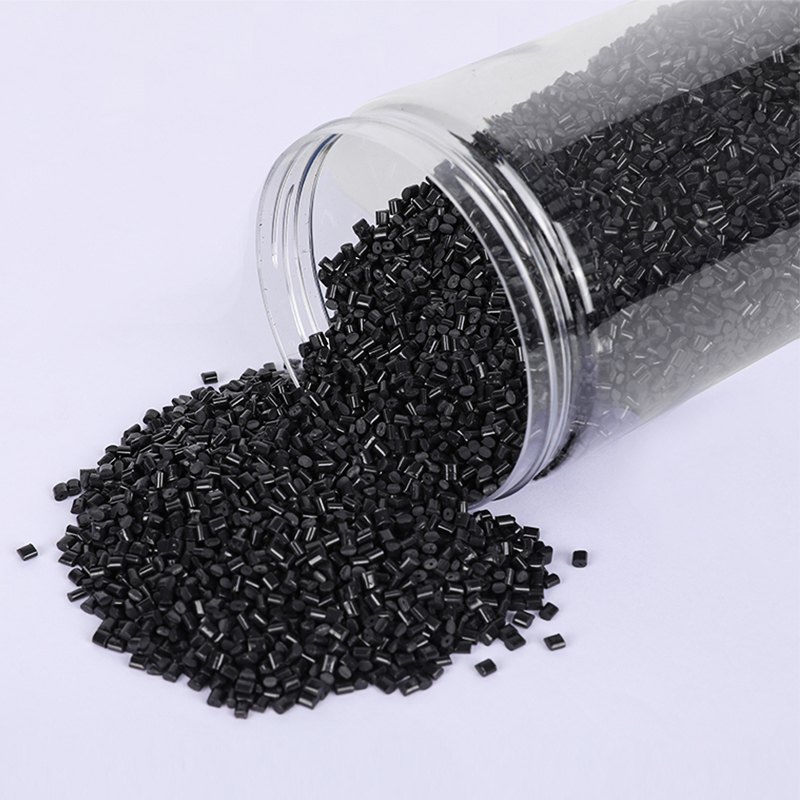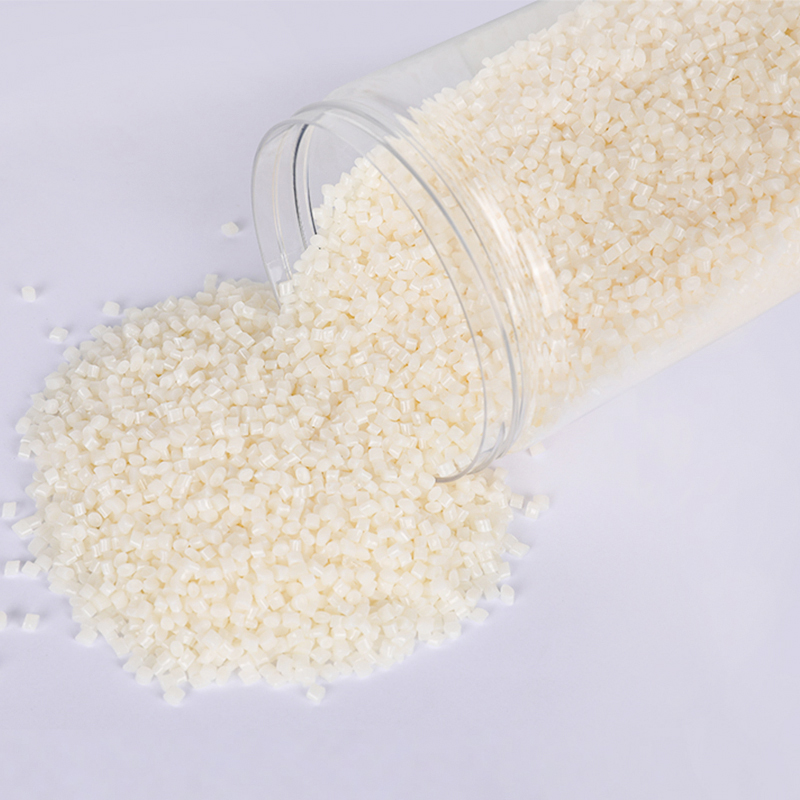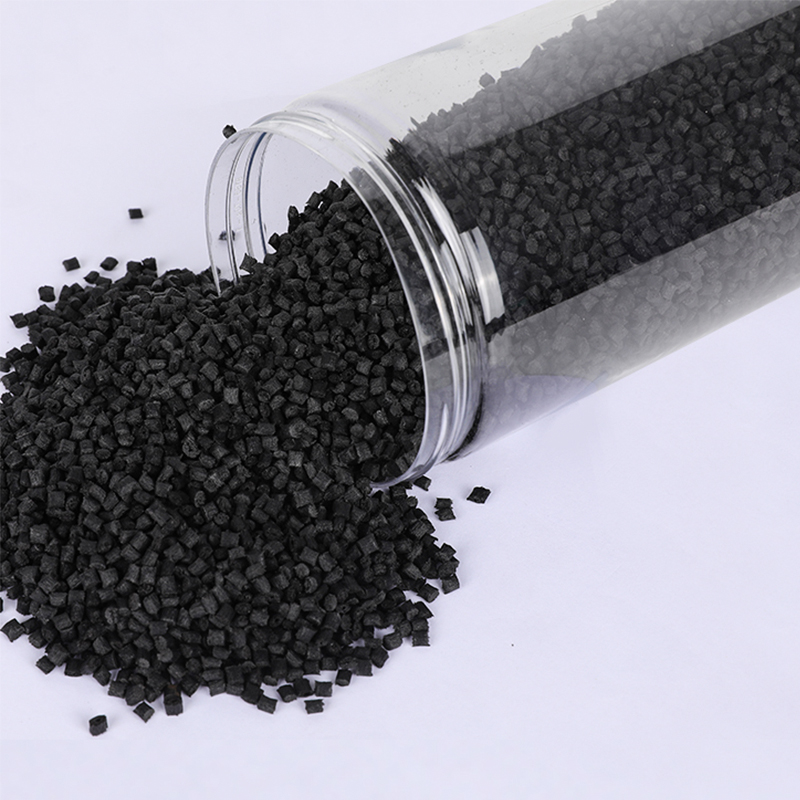Stay up to date with our recent products
Web Menu
Product Search
Exit Menu
Can PCR recycled ABS plastic be used in high-performance applications?
The quest for sustainability in the materials industry has brought Post-Consumer Recycled (PCR) plastics into the spotlight. Among these, PCR recycled ABS (Acrylonitrile Butadiene Styrene) plastic is particularly notable due to its inherent properties and versatility. But can PCR recycled ABS plastic be used in high-performance applications?
Understanding PCR Recycled ABS Plastic
PCR recycled ABS plastic is derived from post-consumer waste such as discarded electronics, automotive components, and household items. The recycling process involves collecting, sorting, cleaning, and reprocessing these materials to create a resin that retains many of the original properties of virgin ABS.
Properties of Recycled ABS:
Toughness and Impact Resistance: Recycled ABS maintains the inherent toughness and impact resistance of its virgin counterpart, making it suitable for applications requiring high durability.
Dimensional Stability: Recycled ABS exhibits good dimensional stability, meaning it retains its shape and size under various conditions, which is crucial for precision parts.
Processing Flexibility: It can be processed using standard manufacturing techniques like injection molding and extrusion, allowing for a broad range of applications.
High-Performance Applications
High-performance applications demand materials with specific and consistent properties such as high strength, impact resistance, thermal stability, and precise dimensional tolerance. Here’s how recycled ABS can meet these requirements in various sectors:
1. Automotive Industry:
Interior Components: Recycled ABS can be used for dashboards, door panels, and trims. These parts require not only aesthetic appeal but also robustness and impact resistance, qualities that recycled ABS can provide.
Exterior Parts: While exterior parts like bumpers may require higher performance standards, blending recycled ABS with virgin ABS or reinforcing materials can enhance the necessary properties.
2. Consumer Electronics:
Casings and Housings: The durability and stability of recycled ABS make it ideal for electronic device housings such as laptops, tablets, and smartphones.
Internal Components: It can also be used for internal structural components that need to withstand mechanical stresses without significant wear.

3. Construction and Building Materials:
Fixtures and Fittings: Recycled ABS is suitable for light fixtures, switches, and other fittings where impact resistance and stability are essential.
Structural Components: When combined with other materials, recycled ABS can be used for structural applications requiring high performance.
4. Industrial Applications:
Tool Housings: The toughness and impact resistance of PCR Recycled ABS Plastic make it appropriate for housing tools and industrial equipment.
Machine Parts: Certain machine parts that do not require extremely high thermal resistance can also benefit from the use of recycled ABS.
Enhancing Performance through Blending
To meet the stringent requirements of high-performance applications, recycled ABS is often blended with virgin ABS or other additives. This blending can enhance mechanical and thermal properties, ensuring the material meets the necessary standards. The consistency and quality of recycled ABS can vary based on the source material, so careful selection and blending are crucial to achieving the desired performance.
Regulatory Compliance
High-performance applications, particularly in industries like automotive and electronics, often have stringent regulatory requirements. Ensuring that recycled ABS complies with these standards is essential. This involves rigorous testing and quality control to guarantee that the recycled material meets safety and performance specifications.
As China PCR Recycled Plastic Granules Factory, We always adhere to the experience and philosophy of "keeping up with the times, constantly innovating, developing efficiently, and cooperating for mutual benefit"

Address: No.11, Wangzhuang Section, Provincial Road 01, Daqiao New Area, Economic Development Zone, Haiyan County, Jiaxing City, Zhejiang Province, China
Phone: +86-18058285678
Fax: +86-0573-86868101
E-mail: [email protected]
SUNRISE GROUP(Overseas Exclusive Agent)
www.sunrisechemical.com
2024 ICIS Global Chemical Distributor Top 8
Export Sales Manager:Helen Zhang
Mob/Whatsapp: +86 19883063465
Email: [email protected]
Copyright © Jiaxing Anyiju Plastic Industry Co., Ltd. All Rights Reserved

 简体中文
简体中文 English
English







